The Camera Obscura (Latin for ‘dark chamber’) is the ancestor of the photographic camera, a blacked-out room with a small hole or lens which allows the outside image to be projected into the room upside down. The earliest known accounts of the Camera Obscura date back to 400BC from Chinese Philosopher Mo-Tzu. After thousands of years, the first scientific outlined description was in 1000AD by Ibn Al-Haytham. It was mostly used for drawing, it allowed the artist to trace the projected image and produce a high quality and accurate work of art. Famous artist such as Leonardo da Vinci and Michelangelo used the camera obscura, da Vinci wrote a detailed account of the it in his 1,286 paged collection of drawings and writing called “Atlantic Codex” in 1490. It was also used for studying eclipses, it reduced the risk of damaging their eyes while looking directly into the sun. This invention has now developed into the modern day “Pinhole Camera” .
“…Here the figures, here the colours, here all the images of every part of the universe are contracted to a point. O what a point is so marvellous!”
– Leonardo da Vinvi, 1490
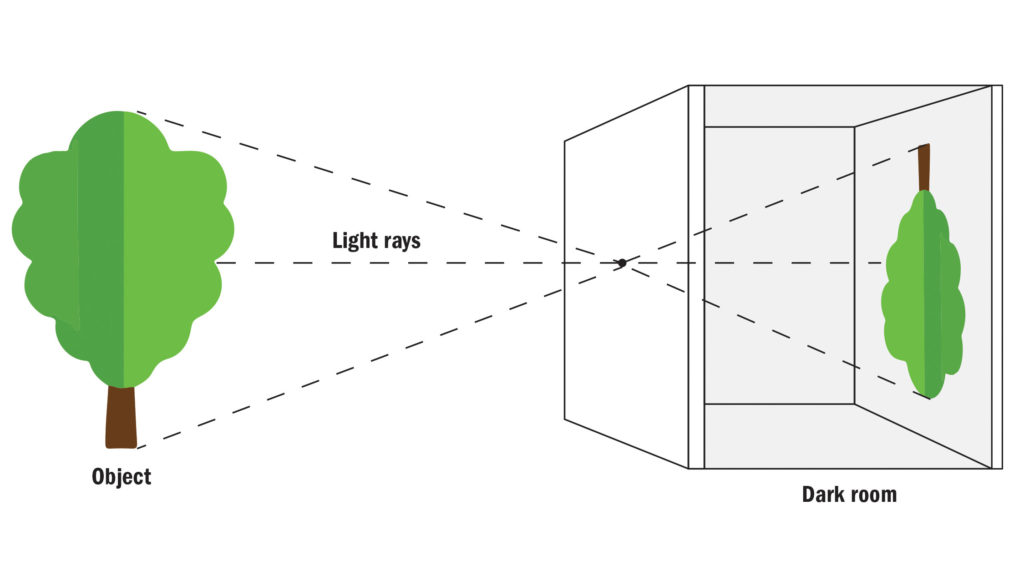

Joseph Nicephore Niepce developed the Heliography in 1927, the world oldest surviving photographic technique. This process created the first and earliest known permanent photograph, taken from a natural scene, Niepce’s iconic photograph “View from the Window at Le Gras” in 1826. This picture is often acclaimed the most important and famous photographs of all time. The image and Niepce’s research was effectively lost in the 19th century despite all his efforts to get his work publicised and sell his invention. His iconic first photo was then rediscovered by photography historian Helmut Gernsheim in 1952 along with many of his writings.
For the time, Heliography was a ground-breaking process. The procedure worked by Niepce dissolving light-sensitive bitumen in oil of lavender and applied a thin coating over a polished pewter plate. He then inserted the plate into a camera obscura and positioned it near the area that he wanted to photograph.
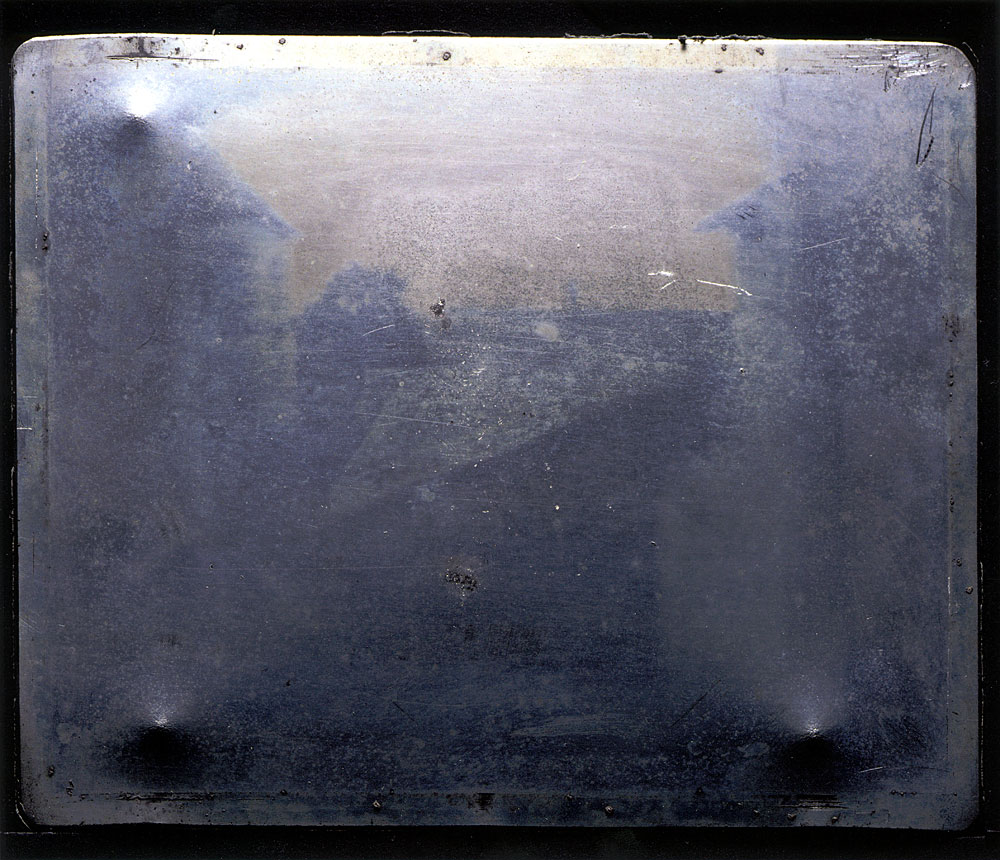
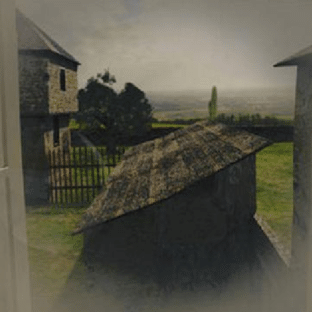
Louis-Jacques-Mandé Daguerre was a French painter and physicist that invented the first practical process of photography, the Daguerreotype, in 1839. It is a direct-positive process which creates an intensely detailed image on a sheet of copper lined with a thin coat of silver without the use of a negative. The copper plate will then need to be cleaned, polished and refined until it looks like a mirror. The polished plate is then taken to a dark room and sterilised with chemicals before then being left in the open to be exposed to what the photographer wants to be photographed. The copper plate is then returned to the darkroom where the image is “brought out” with the fumes of heated mercury before then being “fixed on” with hyposulphite of soda and then washed in water and dried. These images were very delicate and easily damaged so they often came with protective cases


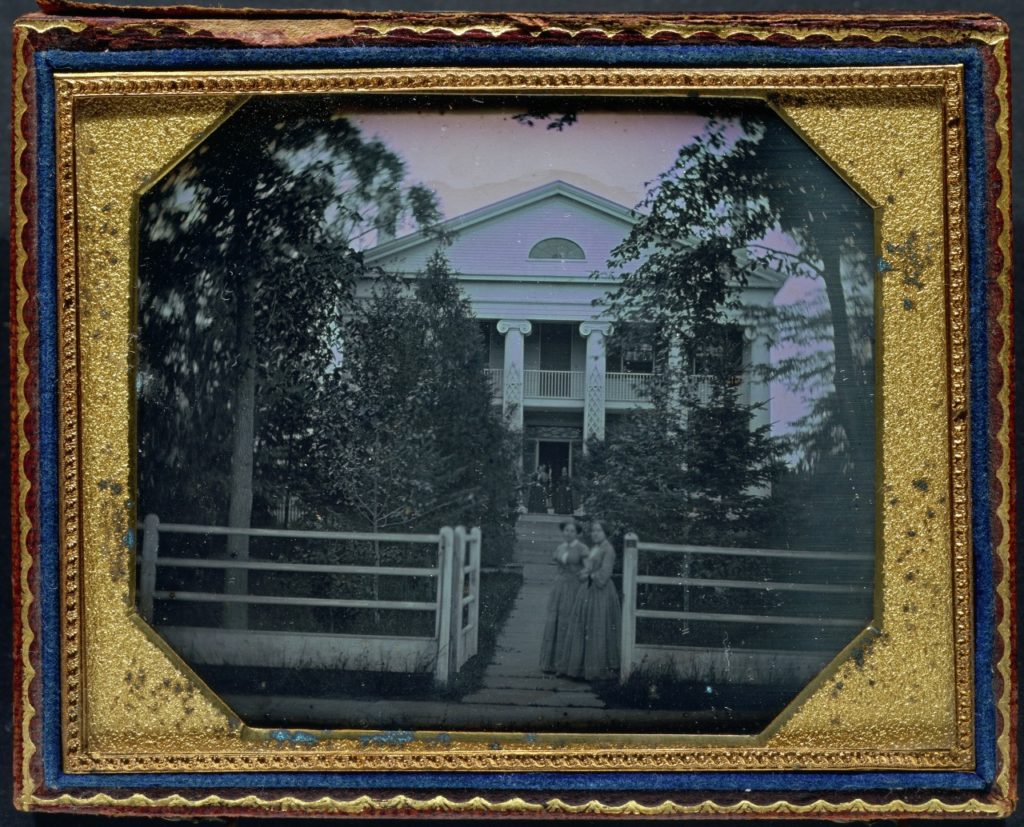
William Henry Fox Talbot invented the Calotype, also known as the talbotype, in the 1830s. The name calotype comes from the Ancient Greek καλός (kalos), “beautiful”, and τύπος (tupos), “impression”. It was the first ever negative-to-positive image process and famous for the soft texture and lack of detail A piece of paper would be bathed in chemicals (silver chloride) to become light sensitive which was then placed inside the Camera obscura and would record a negative image as it is exposed to light. These images were then printed in positive on salted paper and fixed using sodium hyposulfite.

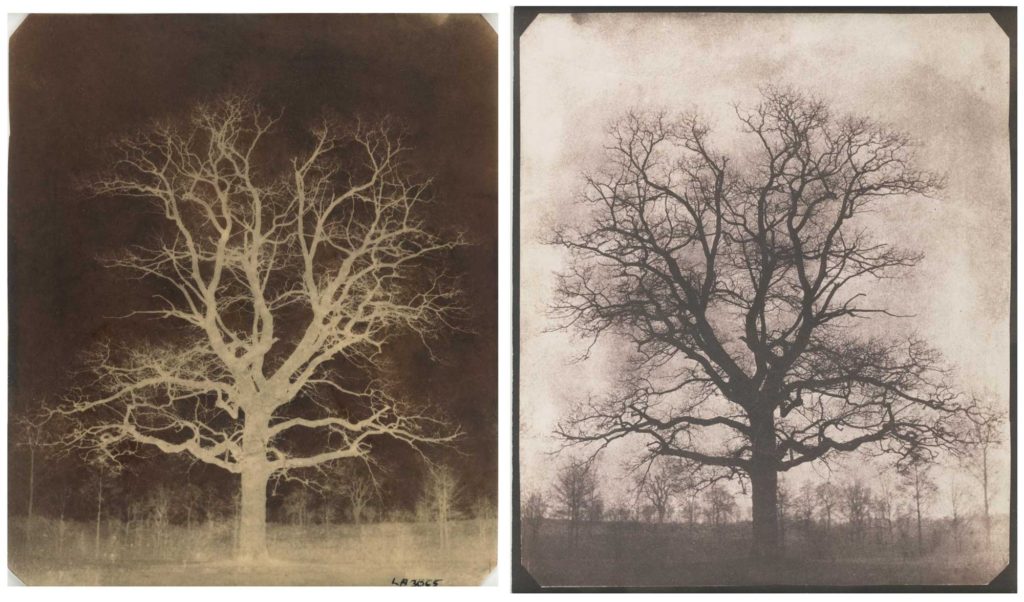
Robert Cornelius was an American photographer who took the first self portrait in 1839 in Philadelphia, USA using the Daguerreotype. He set up the camera in the back of his family store by removing the lens cap and then sitting in front of it for a minute before then covering the lens again. On the back of the image, it said “The first light Picture was ever taken. 1839.”
“Catching a shadow is a thing no more to be laughed at. Mr Cornelius, in one matter, has outstripped the great master of the art.”
–GODEY’S LADY’S BOOK, APRIL 1840
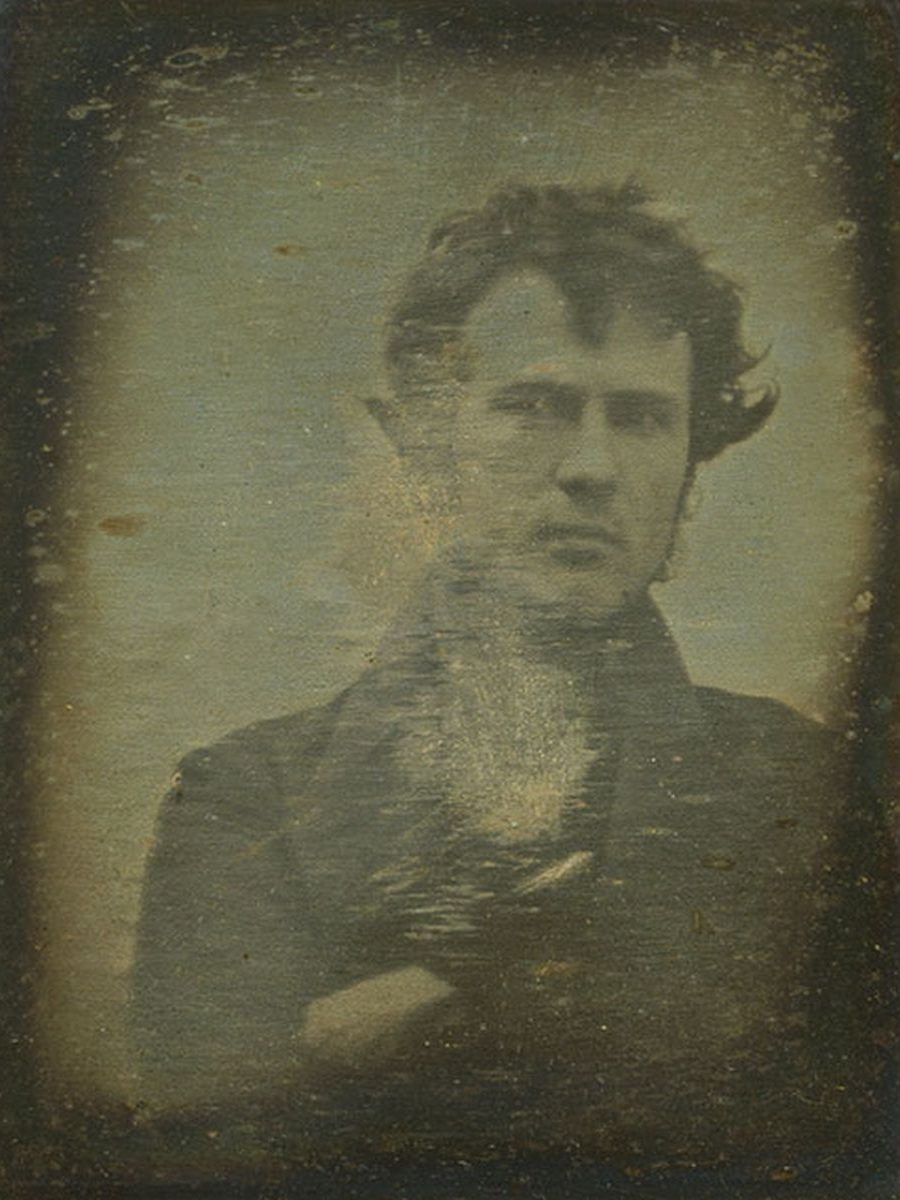
Born in the 1860s, pictorialism flourished for several decades after and was a photographic approach that looks to emphasis beauty rather than documentary. Pictorialism creators took photography and reinvented it as an art form, placing beauty, expression, and composition above creating an accurate visual record. Pictorial photographs often had a soft focus and was printed on one or two colours rather than black and white, also often including brushstrokes or other similar visible manipulation to the surface.
Julia Margaret Cameron was a British photographer who was considered one of the most important Pictorial photographers in the 19th century. Born in 1815, her famous portraits of Victorian men and women established herself herself first among Calcutta’s Anglo-Indian upper-class. She picked up photography late after getting a camera from one of her children at 48 years old, she went on to take over 1200 photographs over 14 years.
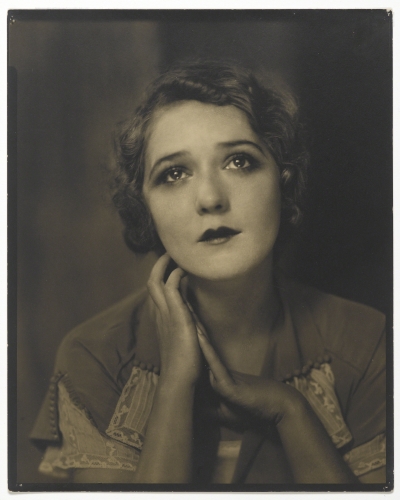

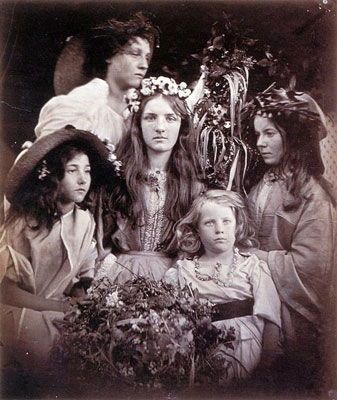
Henry Mullins was a photographer working at the Royal Saloon, at 7 Royal Square in Jersey during the 2840s. He would photograph singular, duos and grouped portraits of islanders which led to almost 10,000 photographs in the Jersey Photographic Achieve, this was known as cartes-de-visite. During this time, the cost of a portrait was very high so only the upper-class and more wealthy people of Jersey got photographed. Mullins was popular with many high up officials and politicians so often photographed them, their wives and children.
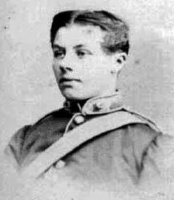
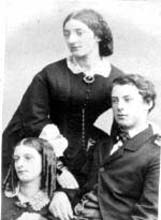
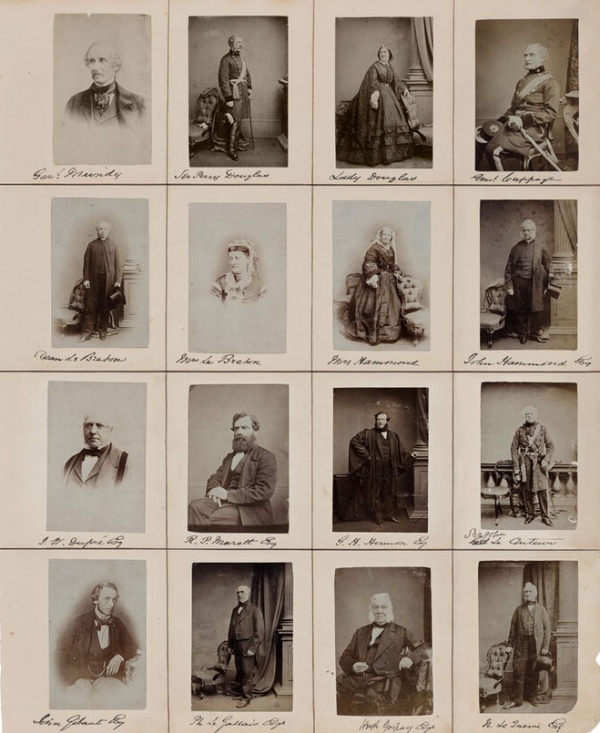
Bibliography
Camera obscura: https://www.hsm.ox.ac.uk/camera-obscura
Camera obscura: http://www.photographyhistoryfacts.com/photography-development-history/camera-obscura-history/
Daguerreotype: https://www.metmuseum.org/toah/hd/dagu/hd_dagu.htm
Daguerreotype: https://www.photohistory-sussex.co.uk/dagprocess.htm
Calotype: https://www.metmuseum.org/toah/hd/tlbt/hd_tlbt.htm
Calotype: https://www.britannica.com/technology/calotype
Self-portrait: http://www.betterphotography.in/perspectives/great-masters/robert-cornelius/216722/
Pictorialism: https://www.britannica.com/technology/Pictorialism
Julia Margaret Cameron: https://www.vam.ac.uk/articles/julia-margaret-camerons-working-methods
Julia Margaret Cameron: https://www.theartstory.org/artist/cameron-julia-margaret/
Henry Mullins: https://www.theislandwiki.org/index.php/Henry_Mullins
